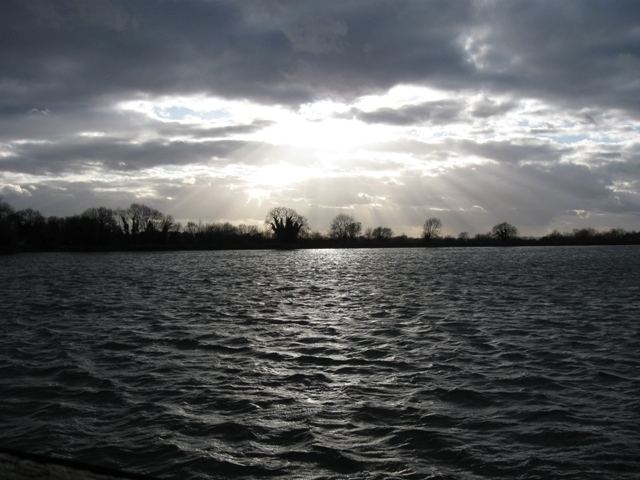Grid reference SP919136SP905131 Location map Magic Map Phone +44 1727 858901 | Interest Biological Area 106 ha Notification 1987 | |
 | ||
Area of Search HertfordshireBuckinghamshire Similar Aldbury Nowers, Rye Meads, College Lake nature re, Waterford Heath, Therfield Heath | ||
Dji phantom 2 vision plus over tring reservoirs
Tring Reservoirs is a group of four reservoirs close to Tring on the border Hertfordshire and Buckinghamshire, England. Their purpose was to feed the Grand Union Canal.
Contents
- Dji phantom 2 vision plus over tring reservoirs
- Carp in tring reservoirs
- HistoryEdit
- WaterfowlEdit
- References
The four reservoirs are: Startops End, Marsworth, Tringford and Wilstone. These reservoirs adjoin each other, separated only by paths and roads; the fourth, Wilstone Reservoir, is a short distance to the west, close to the village of Wilstone.
The reservoirs are a 106.5-hectare (263-acre) biological Site of Special Scientific Interest managed by the Herts and Middlesex Wildlife Trust.
Carp in tring reservoirs
HistoryEdit
Wilstone Reservoir is the largest of the quartet at 119 acres (48 ha). Built in 1802, it is up to 18 feet (5.5 m) deep and has a capacity of 240 million imperial gallons (1.1 Gl). Wilstone reservoir supplies water to the Wendover arm of the Grand Union Canal. Startops End Reservoir, built in 1817, is much smaller at 26 acres (11 ha); Marsworth Reservoir, built in 1806, is 24 acres (9.7 ha); and the smallest, Tringford Reservoir, was built in 1816. The reservoirs are popular with anglers and most famous for holding specimen of wels catfish, carp, tench, pike, roach, rudd, bream and European perch. In addition, rainbow trout are also held in Tringford only.
WaterfowlEdit
Wilstone Reservoir is a very important wildfowl sanctuary, and many rare species dwell here, as well as on the other three reservoirs. These include Atlantic Canada geese, bittern, blackcap, black-headed gull, black-necked grebe, black-tailed godwit, black tern, blue tit, Cetti's warbler, common chiffchaff, corn bunting, common crane, common sandpiper, common scoter, common snipe, common teal, common tern, coot, curlew, curlew sandpiper, dunlin, dunnock, Egyptian geese, Eurasian wigeon, gadwall, garden warbler, garganey, great crested grebe, great spotted woodpecker, green sandpiper, greenshank, green woodpecker, grey heron, greylag geese, hobby, jay, kingfisher, lapwing, lesser whitethroat, linnet, little egret, little grebe, little ringed plover, mallard, Mandarin, marsh harrier, marsh tit, Mediterranean gull, moorhen, mute swan, northern pochard, northern wheatear, nuthatch, osprey, oystercatcher, peregrine falcon, pied flycatcher, pintail, red-crested pochard, red kite, red knot, redshank, reed warbler, ruff, spotted flycatcher, sand martin, Savi's warbler, sedge warbler, shelduck, shoveler, sinensis cormorant, spotted crake, stock dove, swallow, swift, tawny owl, treecreeper, tufted duck, water rail, whimbrel, whooper swan, willow warbler, yellow-legged gull, and yellow wagtail.
There is an extensive network of public footpaths and canal towpaths.
